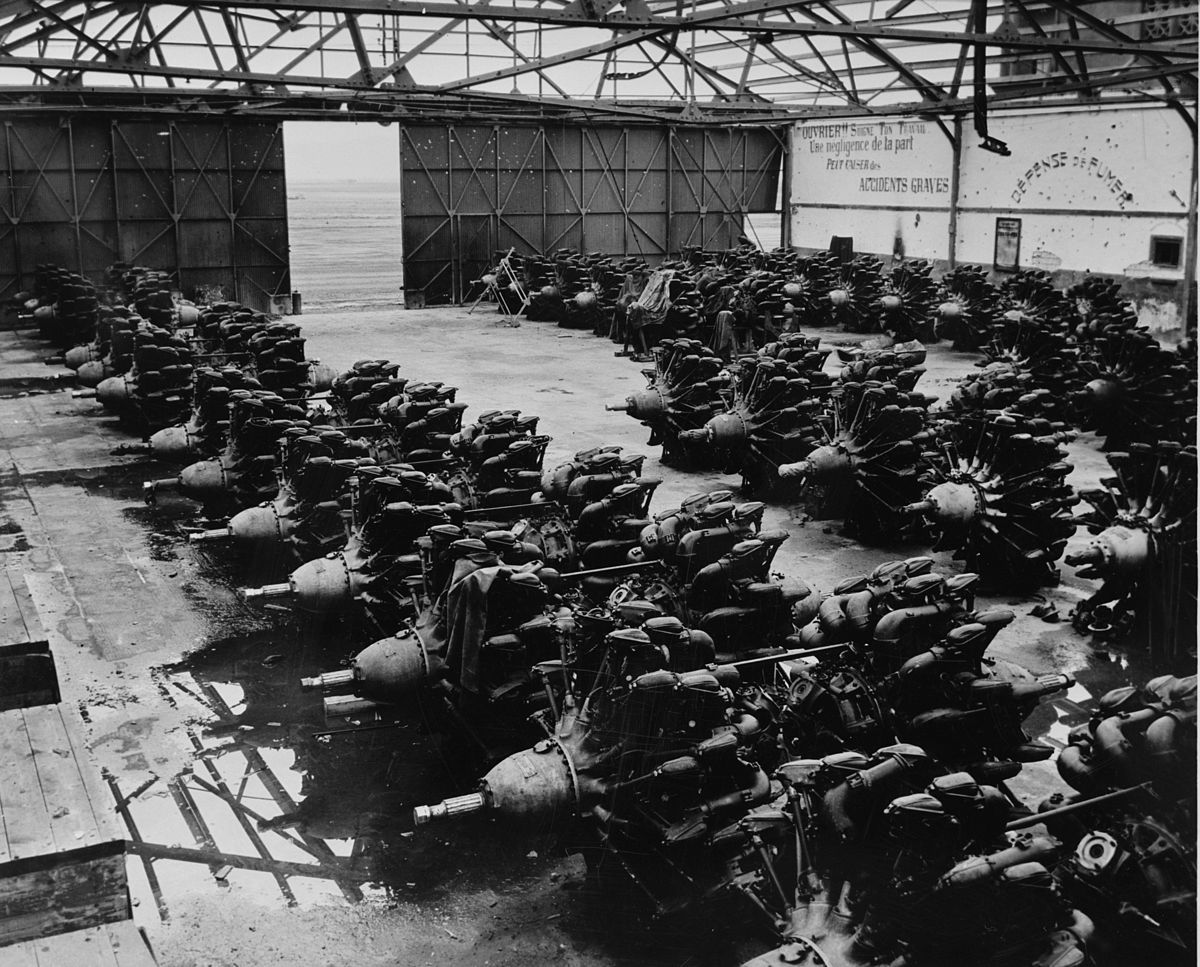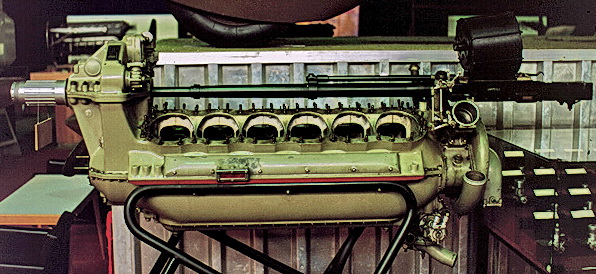- Thread starter
- #61
Darthtabby
Airman
- 59
- May 22, 2021
Here's a good page that covers the Aquila, the Italian carrier design process and the R2001 in detail (including carrying torpedoes).
Aircraft carrier Aquila
Naval Encyclopedia has lots of interesting info that often isn't included in other sources, but I don't 100% trust it. I don't have access to all the sources it cites, but I'll note this segment from the the Quora Write Up it cites.
The storage of aircraft in the Roma was actually rather high-capacity for a conversion. Aircraft could not only be carried on the flight deck and soil of the hangard, but could also be suspended to the hangar's ceilling to make use of as much space as possible. The aircraft which was adapted to be used in the Aquila was Reggiane's Re.2001 fighter, a rather slow but smaller and more robust fighter in comparison to the Macchi C.202; 51 of the first carrier model, the Re.2001OR, could be operated from the Aquila, with 10 sitting on the deck and the rest in the hangar; if a folding wing model of the Re.2001 could be produced, the number of aircrafts used could be risen to 66, and all could be stored within the hangar when needed. The Fiat G.50 has also been considered as a carrier fighter, but the Re.2001 offered superior armament (two 12.7mm and two 7.7mm on the Reggiane, just the two 12.7mm on the G.50) and performance. It was reportedly even better than the German Bf 109T; a German delegation arrived in Italy in March of 1943 to help train the fighter group that was to be operated from the Aquila on carrier operation, and reportedly reported that the Re.2001 had more potential than the Messer for carrier operation. It could also be modified into a decent naval fighter-bomber (Re.2001GV), and a torpedo bomber model, the Re.2001G, was in trials by September of 1943.
The mention of the fighter bomber and torpedo bomber variants in that paragraph seems like an aside/afterthought, and most of what I've read on the Re.2001 leads me to believe the G and G/V models were strictly land based and built in small numbers (three G/Vs and one G). They didn't have tail hooks, which the Quora response even directly pointed out in the caption of a photo depicting a G model.
The Re.2001G prototype, modified to fit a 600kg torpedo under the fuselage and featuring a raised tailwheel. It did not have an arrestor hook and was therefore not adapted to carrier operation, though it is not inimiginable that a torpedo-bomber Re.2001 may be able to be fitted with a tail hook.
Again, I have my suspicion that people have attributed the capabilities of highly specialized land based Re.2001 variants to the navalized Re.2001 variant Aquila was intended to carry. As far as I can tell most Re.2001s carried bombs of 250kg or less if they were equipped to carry bombs at all.
The Italians desperately need folding wing. Instead of 27 fighters Aquila could have a CAG of 40 plus. Though will the "usually" calm Mediterranean weather, deck parking would be more feasible.
View attachment 634418
I've seen much larger air wing figures attributed to Aquila, so maybe they did intend to use a deck park? While I don't 100% trust Naval Encyclopedia its article on Aquila states that "The hangar measured 160 by 18 meters, initially large enough to house only 26 planes" which suggests the hangar may have been expanded. Alternately perhaps when it says 41 in the hangar and 15 suspended from the roof later in the article what it really should say is 41 including 15 suspended from the roof to save space since 26+15=41. Add the ten aircraft on deck and you have the 51 planes commonly attributed to Aquila. Alternately 41+15 suspended on the roof + 10 on deck would match the figure of 66 planes I've seen associated with a notional folding wing variant.


